The miniature shrines and many graveyards scattered over the mountain path make an eerie hike. There are many trails leading in different directions to many shrines. There are thousands of gates I must walk through high upon this mountain.
The Shinto shrines are places of worship
. Sacred objects of worship that represent the Shinto gods, or Kami, are stored in the innermost chamber of the shrine. People visit the shrines in order to pay their respect to these gods and to pray for good fortune. Weddings are often held here and newborn babies are brought to the shrine a few days after their birth. Business people and manufacturers have worshipped Inari, seen as the patron of business, since the early days of Japan.
The shrine I am at today, The Fushimi Inari Shrine, is in southern Kyoto, Japan. Among the 30,000 shrines in Japan, this one is the most famous. It was a short 30 minute or so train ride to get here from where I am staying in Kyoto.
At the shrine's entrance stands the Romon Gate, which was donated in 1589 by one of Japan's famous leaders. Behind the gate stands the shrine's main building (Honden) and various auxiliary buildings.
I look at the shrine then head for the trails behind the shrine's many buildings
.
I walk through the main tori gate, pass the shrine, and walk uphill to the start of the hiking trails. The trails lead about 3 miles through the wooded slopes of the sacred Mount Inari.
The trails are covered with thousands of the tori gates. Each gate was donated by an individual or corporation. They are usually made of wood and usually are painted orange and black. When you see a tori, you know it leads to a shrine. There are thousands of tori's on this mountain.
The cost of a small gate starts around $4,000 and a large gate starts around $10,000 in U.S. dollars. The name and date of the donor is inscribed on the back of each one.
There are two parallel rows of dense gates, spaced just a little apart, allowing the sun to filter through as you hike. They are called Senbon Tori ("thousands of tori gates"). They are side-by-side and I pick one and start through the many tori's
.
The hike to the top takes about 3 hours but can take longer if you stop at any of the many shrines along the way. Not everyone does the entire hike. You are free to turn around and go back at any point.
While hiking along the trail I come to a lot of small shrines. These have miniature tori gates that were donated by people with smaller budgets. Many of the Japanese hikers stop at these to light incense and pay respect.
Outside the entrance to each shrine, there is a well with water flowing out and some dippers. It's called a purification trough. I found out you are supposed to use the dipper to pour water on your hands and wash your mouth before entering the shrine.
The little slips of paper the people have been tying to the strings, I found out, are called Omikuji. They are fortune telling paper slips. You draw one randomly. They contain predictions ranging from 'great good luck' to 'great bad luck'
. If you tie the paper to a tree branch or something, good fortune will come to you or the bad fortune will be stopped.
At the different shrines I notice there are statues on each side of the entry. I think they are dogs but then find out they are fox statues. The fox is considered the messenger of Inari, the god of the rice harvest (and, later on, business).
The Japanese traditionally see the fox as a sacred, somewhat mysterious figure capable of 'possessing' humans. One of the fox has something in his mouth. I find out it is a key. The key often seen in the fox's mouth is for the rice granary.
There are also a few places to buy refreshments along the way. You can buy locally themed dishes such as Inari Shushi and Kitsune Udon (Fox Udon). Both of the dishes feature pieces of aburaage (fried tofu), said to be a favorite food of foxes.
About halfway up the mountain I came to the Yotsutsuji intersection
. There are some really nice views from here of Kyoto. Many people stop here for the views and then return to the starting point. Although this is only the mid-way point of the trail, this is where the best views are. The rest of the hike goes through forest and there are no views.
After taking in the views from the intersection, I continue up the trail. The trail splits into a circular route from here to the summit.
I always like to finish a hike I start and I am glad I finished this one. The hike to the summit was really interesting and I think people that do not go all the way miss out on a lot.
Back in Kyoto, I pass a service station. Two attendants rush up to a vehicle that pulls in and start to wash windshields and even side mirrors. They open the car door if the person wants to get out and go inside the station. As the car or truck drives away, they both bow.
It was a great day in Japan.
The Thousands of Gates (Japan)
Sunday, September 29, 2013
 Kyoto, Kinki, Japan
Kyoto, Kinki, Japan
Other Entries
-
89I Can't Find A Tuk Tuk
Jun 14107 days prior Jonesboro, United Statesphoto_camera7videocam 0comment 4
Jonesboro, United Statesphoto_camera7videocam 0comment 4 -
90Get Onboard!
Sep 0326 days prior San Diego, United Statesphoto_camera6videocam 0comment 4
San Diego, United Statesphoto_camera6videocam 0comment 4 -
91As Beautiful As It Is Dangerous
Sep 0524 days prior Kihei, United Statesphoto_camera114videocam 2comment 2
Kihei, United Statesphoto_camera114videocam 2comment 2 -
92A Walk In The Clouds
Sep 0623 days prior Haleakala National Park, United Statesphoto_camera137videocam 2comment 3
Haleakala National Park, United Statesphoto_camera137videocam 2comment 3 -
93The Playground Called Waikiki
Sep 1019 days prior Waikiki, United Statesphoto_camera60videocam 3comment 0
Waikiki, United Statesphoto_camera60videocam 3comment 0 -
94Today I Found A Diamond
Sep 1118 days prior Waikiki, United Statesphoto_camera89videocam 1comment 0
Waikiki, United Statesphoto_camera89videocam 1comment 0 -
95"Don't Worry About It"
Sep 1217 days prior Honolulu, United Statesphoto_camera135videocam 0comment 0
Honolulu, United Statesphoto_camera135videocam 0comment 0 -
96It's Friday the 13th - Does That Matter?
Sep 1316 days prior Honolulu, United Statesphoto_camera55videocam 3comment 0
Honolulu, United Statesphoto_camera55videocam 3comment 0 -
97..........And The Skipper Too
Sep 1415 days prior Waikiki, United Statesphoto_camera73videocam 10comment 0
Waikiki, United Statesphoto_camera73videocam 10comment 0 -
98As The Sun Sets
Sep 1712 days prior Maui, United Statesphoto_camera101videocam 4comment 0
Maui, United Statesphoto_camera101videocam 4comment 0 -
99THE BED!
Sep 1910 days prior Tokyo, Japanphoto_camera10videocam 0comment 2
Tokyo, Japanphoto_camera10videocam 0comment 2 -
100First Day in Tokyo
Sep 1910 days prior Tokyo, Japanphoto_camera33videocam 1comment 3
Tokyo, Japanphoto_camera33videocam 1comment 3 -
101Iranians Like America
Sep 209 days prior Tokyo, Japanphoto_camera68videocam 2comment 2
Tokyo, Japanphoto_camera68videocam 2comment 2 -
102A Young Woman Passes Me A Note
Sep 218 days prior Nikko, Japanphoto_camera121videocam 0comment 2
Nikko, Japanphoto_camera121videocam 0comment 2 -
103I'm Being Followed . . . and I Feel Uncomfortable
Sep 227 days prior Nikko, Japanphoto_camera54videocam 2comment 3
Nikko, Japanphoto_camera54videocam 2comment 3 -
104Faster Than A Speeding Bullet (Japan)
Sep 272 days prior Kyoto, Japanphoto_camera34videocam 2comment 2
Kyoto, Japanphoto_camera34videocam 2comment 2 -
105The White Deer
Sep 281 day prior Nara, Japanphoto_camera67videocam 0comment 0
Nara, Japanphoto_camera67videocam 0comment 0 -
106The Thousands of Gates (Japan)
Sep 29 Kyoto, Japanphoto_camera101videocam 1comment 0
Kyoto, Japanphoto_camera101videocam 1comment 0 -
107Burning Flesh -Part I (Japan)
Sep 301 day later Hiroshima, Japanphoto_camera43videocam 1comment 0
Hiroshima, Japanphoto_camera43videocam 1comment 0 -
108Burning Flesh - Part 2 (Japan)
Oct 012 days later Hiroshima, Japanphoto_camera40videocam 0comment 0
Hiroshima, Japanphoto_camera40videocam 0comment 0 -
109Bathing With Naked Men (Japan)
Oct 023 days later Miyajima, Japanphoto_camera52videocam 0comment 2
Miyajima, Japanphoto_camera52videocam 0comment 2 -
110Don't Look Him In The Eyes (Japan)
Oct 034 days later Arashiyama, Japanphoto_camera166videocam 5comment 0
Arashiyama, Japanphoto_camera166videocam 5comment 0 -
111The Land of the Rising Sun (Japan)
Oct 045 days later Shanghai, Chinaphoto_camera50videocam 1comment 0
Shanghai, Chinaphoto_camera50videocam 1comment 0 -
112Feeding the Dead (Cambodia)
Oct 056 days later Siem Reap, Cambodiaphoto_camera35videocam 3comment 0
Siem Reap, Cambodiaphoto_camera35videocam 3comment 0 -
113My Chair is Under Water (Cambodia)
Oct 1011 days later Battambang Province, Cambodiaphoto_camera117videocam 3comment 0
Battambang Province, Cambodiaphoto_camera117videocam 3comment 0 -
114It's Not The Big Top (Cambodia)
Oct 2425 days later Battambang Province, Cambodiaphoto_camera50videocam 4comment 0
Battambang Province, Cambodiaphoto_camera50videocam 4comment 0 -
115Who Stole My Sandals? (Cambodia)
Oct 2627 days later Battambang Province, Cambodiaphoto_camera88videocam 1comment 0
Battambang Province, Cambodiaphoto_camera88videocam 1comment 0 -
116Fire In The Sky (Thailand)
Nov 1648 days later Pattaya, Thailandphoto_camera60videocam 5comment 2
Pattaya, Thailandphoto_camera60videocam 5comment 2 -
117Happy Holidays (Vietnam)
Nov 2557 days later Hanoi, Vietnamphoto_camera1videocam 0comment 0
Hanoi, Vietnamphoto_camera1videocam 0comment 0 -
118The Hands from Hell (Thailand)
Nov 2658 days later Chiang Rai Province, Thailandphoto_camera91videocam 3comment 0
Chiang Rai Province, Thailandphoto_camera91videocam 3comment 0 -
119Black House Chiang Rai (Thailand)
Nov 2759 days later Chiang Rai, Thailandphoto_camera199videocam 1comment 0
Chiang Rai, Thailandphoto_camera199videocam 1comment 0 -
120The Clock (Thailand)
Nov 2860 days later Chiang Rai Province, Thailandphoto_camera58videocam 1comment 0
Chiang Rai Province, Thailandphoto_camera58videocam 1comment 0 -
121The Epic Journey (Laos)
Nov 2961 days later Chiang Khong, Thailandphoto_camera70videocam 2comment 0
Chiang Khong, Thailandphoto_camera70videocam 2comment 0 -
122Shipwreck on the Mekong (Laos)
Nov 3062 days later Huay Xai, Laosphoto_camera70videocam 4comment 2
Huay Xai, Laosphoto_camera70videocam 4comment 2 -
123Please Cover Your Body - (Laos)
Dec 0163 days later Luang Prabang, Laosphoto_camera141videocam 0comment 0
Luang Prabang, Laosphoto_camera141videocam 0comment 0 -
124Discovering Luang Prabang (Laos)
Dec 0264 days later Luang Prabang, Laosphoto_camera136videocam 0comment 0
Luang Prabang, Laosphoto_camera136videocam 0comment 0

 Kyoto, Kinki, Japan
Kyoto, Kinki, Japan

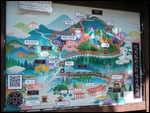
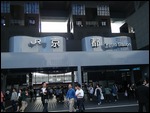








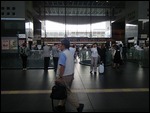
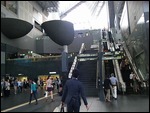

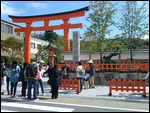
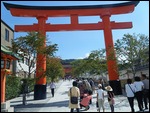
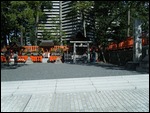
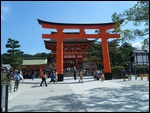
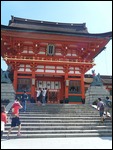
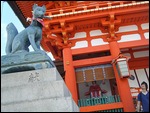
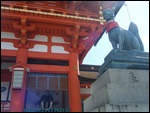
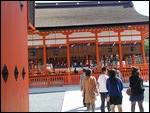
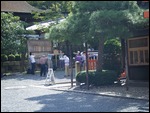
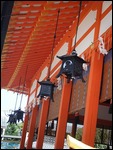
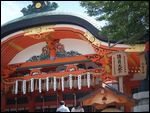
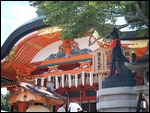
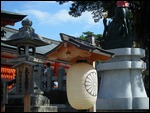
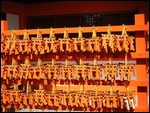
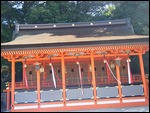
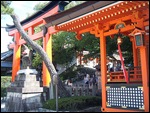
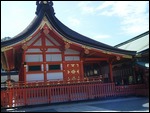
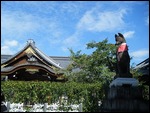
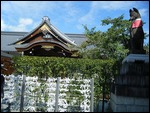

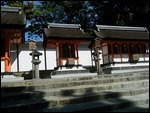

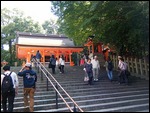
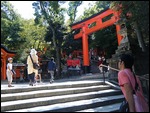
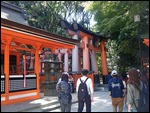
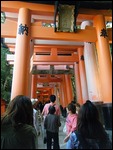
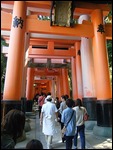
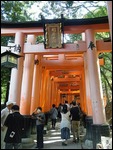
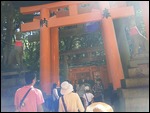
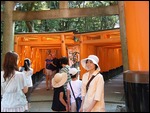
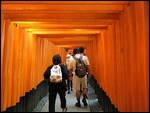
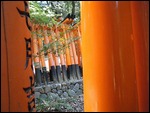
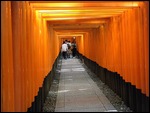
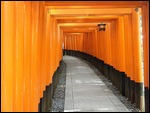
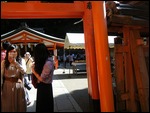
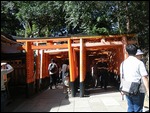
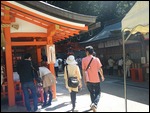
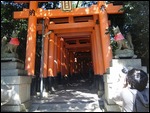
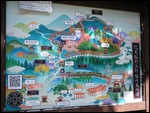
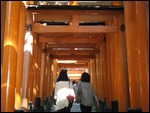
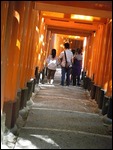
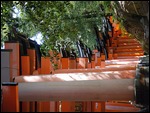
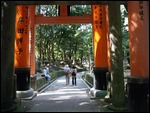
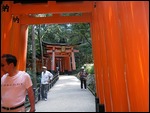
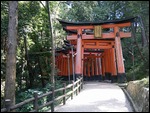
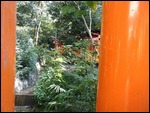
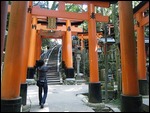
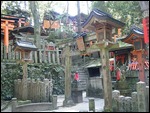
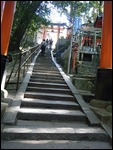
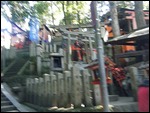
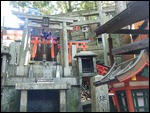

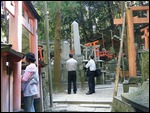
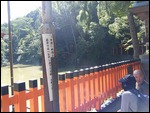
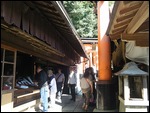
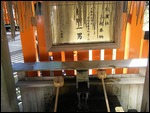
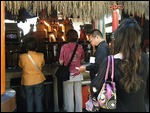
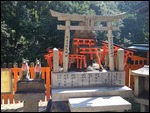
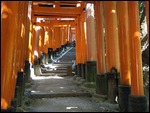
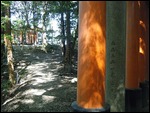
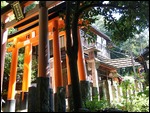
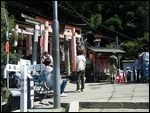
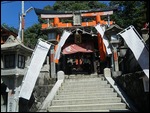


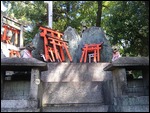
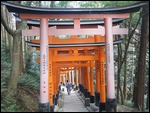
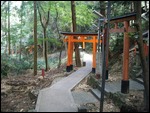
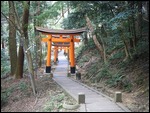
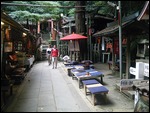
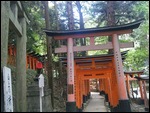
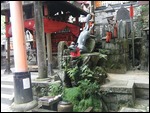
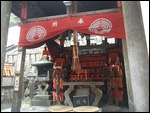
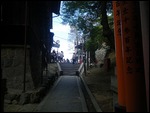
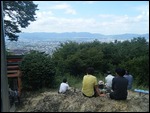
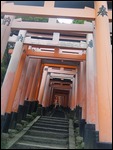
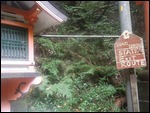
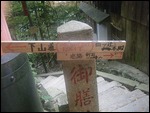
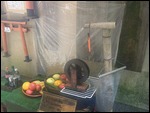
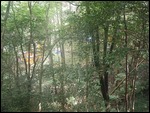
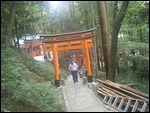
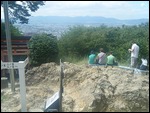
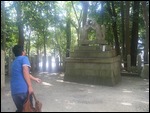
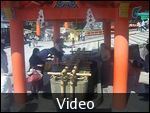
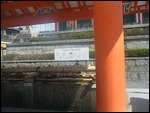

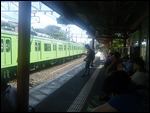



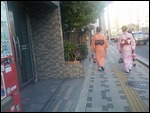


2025-05-22